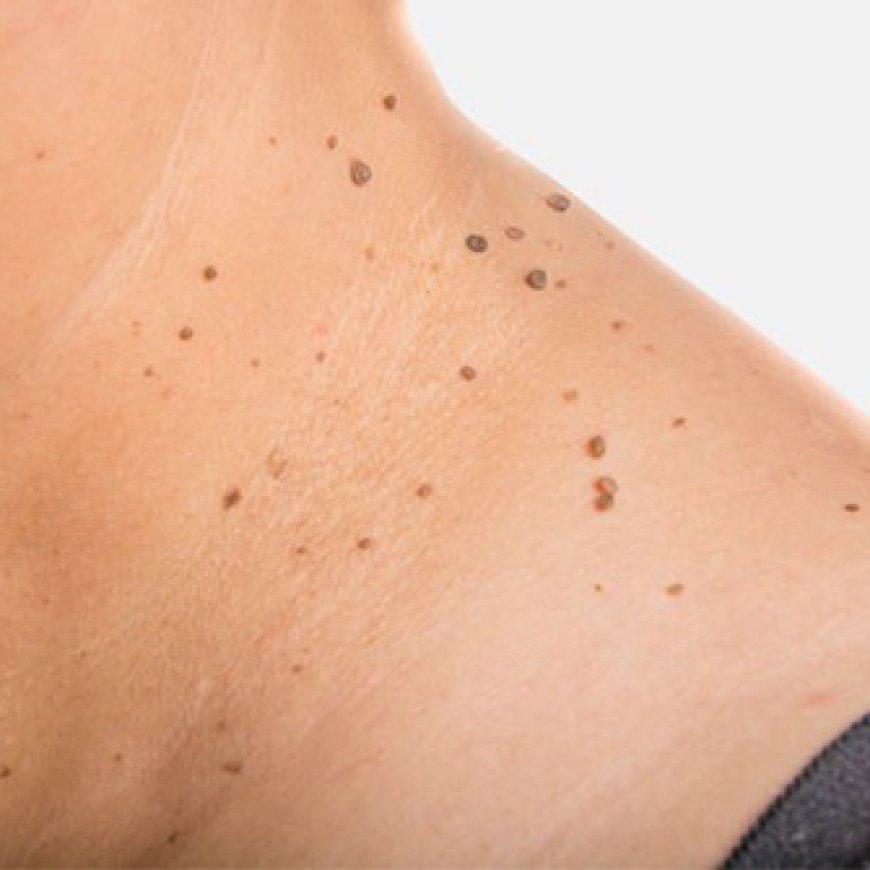A Guide to Safe Skin Tag Removal Practices

Skin tags are benign growths that often appear on the body, typically in areas where skin rubs against skin or clothing. While they are generally harmless and do not require treatment, many individuals seek Skin Tag Removal in Dubai for cosmetic reasons. This guide will explore safe practices for skin tag removal, with a special focus on the various options available in Dubai.
Understanding Skin Tags
Skin tags, or acrochordons, are small, soft pieces of skin that hang off the body. They are usually flesh-colored or slightly darker and can range in size from a few millimeters to several centimeters. Common areas for skin tags include the neck, armpits, eyelids, and groin. While they can occur at any age, skin tags are more prevalent in older adults and those with certain medical conditions, such as obesity or diabetes.
Understanding safe skin tag removal practices is essential for avoiding complications such as infection or scarring. While many people attempt to remove skin tags at home using various methods, such as cutting or freezing, these practices can pose significant risks. It’s crucial to consult a healthcare professional for safe and effective skin tag removal options.
Safe Methods for Skin Tag Removal
1. Consultation with a Dermatologist
The first step in safe skin tag removal is to consult a dermatologist. A professional can evaluate the skin tag to confirm it is benign and discuss the most appropriate removal methods. Dermatologists often recommend procedures such as cryotherapy, excision, or laser removal, which are performed in a controlled medical environment.
2. Cryotherapy
Cryotherapy involves freezing the skin tag with liquid nitrogen. This method is effective and typically requires only a few minutes. The dermatologist applies the liquid nitrogen, which causes the skin tag to freeze and fall off within a few days. This procedure is relatively painless and usually doesn’t require anesthesia.
3. Excision
Excision is another common method for skin tag removal. In this procedure, the dermatologist uses a sterile scalpel to cut off the skin tag. Excision is suitable for larger tags or those in sensitive areas where precision is essential. Local anesthesia is often administered to minimize discomfort during the procedure.
4. Laser Removal
Laser removal is a newer technique that uses focused light beams to target and destroy the skin tag. This method is precise and can be an excellent option for smaller skin tags or those located on delicate areas of the skin. Laser removal typically involves minimal pain and leaves little to no scarring.
Home Remedies: A Cautionary Note
While many people turn to home remedies for skin tag removal, it’s essential to approach these methods with caution. Common at-home techniques include tying off the skin tag with dental floss or applying vinegar, baking soda, or essential oils. These methods can lead to complications, including infection, scarring, or irritation. It’s always advisable to consult with a healthcare professional before attempting any home remedy.
Skin Tag Removal in Dubai
Dubai offers a range of skin tag removal services, with many clinics equipped with the latest technology and experienced professionals. Residents can find dermatology clinics that specialize in cosmetic procedures, including skin tag removal. Here are a few considerations for those seeking skin tag removal in Dubai:
1. Research Clinics
Before selecting a clinic for skin tag removal, it’s essential to do thorough research. Look for clinics that have qualified dermatologists and positive patient reviews. Consider scheduling consultations to discuss your specific needs and get a feel for the clinic’s environment.
2. Treatment Options
Many clinics in Dubai offer various skin tag removal options, including cryotherapy, excision, and laser treatments. During the consultation, the dermatologist will evaluate your skin tags and recommend the most suitable treatment method based on size, location, and your medical history.
3. Aftercare
After the skin tag removal procedure, follow the dermatologist's aftercare instructions carefully. Proper aftercare is crucial for preventing infection and ensuring optimal healing. Most dermatologists will provide guidelines on how to care for the treated area, including keeping it clean and avoiding sun exposure.
4. Follow-up Appointments
In some cases, follow-up appointments may be necessary to monitor the healing process and ensure there are no complications. It’s important to attend these appointments, as they allow the dermatologist to assess the treatment’s effectiveness and address any concerns you may have.
Conclusion
Safe skin tag removal practices are essential for achieving optimal results while minimizing the risk of complications. Whether opting for professional removal or considering home remedies, it’s crucial to prioritize safety and consult with a healthcare professional. In Dubai, a range of clinics and experienced dermatologists are available to assist with skin tag removal, ensuring residents have access to safe and effective options. By understanding the various methods and making informed decisions, individuals can enhance their skin's appearance and feel more confident in their skin.
